Enjoying your hosting services from BlueHost but don’t know how to make configuration related to BlueHost nameservers? Or don’t know who to approach when troubled by the grave issues involved in configuring BlueHost nameservers?
Stop scratching your head on such problems and scroll down to read how smartly you’ll be able to not only locate the BlueHost nameservers but also point the BlueHost nameservers to your existing domain to let your customer access you without any network glitch.
We will also be mentioning an amazing Whois checker tool provided by none other than GoogieHost, enabling you to check the updated nameservers for the smooth functioning of your website.
So without keeping you on hold, let’s move forward with the creamy information about BlueHost Nameservers.
BlueHost NamerServers
For users’ suitability, we have tabled the BlueHost nameservers, to save them from spending time in locating the BlueHost nameservers. The nameservers are as follows.
Nameservers
ns1.BlueHost.com
ns2.BlueHost.com
How to find BlueHost NameServers?
To find the nameservers for BlueHost, you need to follow the stepwise instructions provided as under:
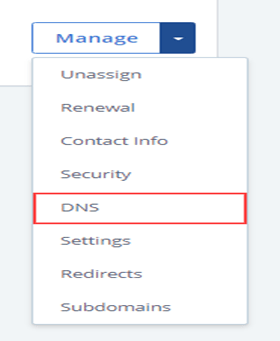
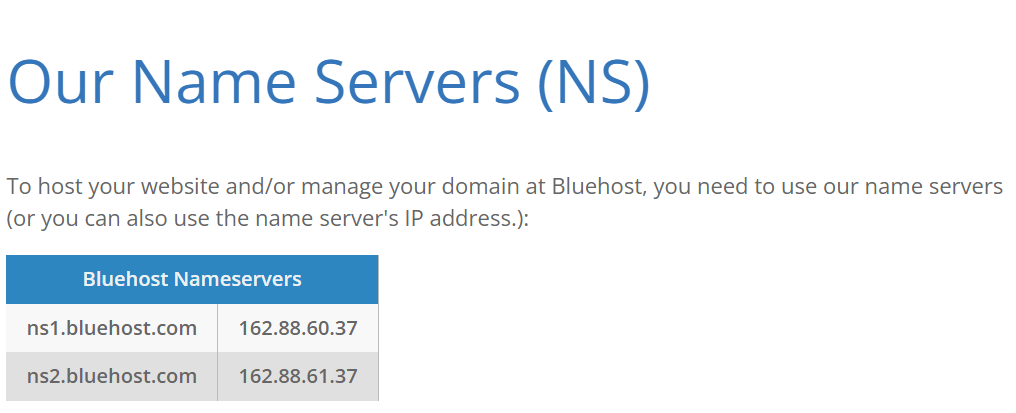
Now since we have successfully been able to locate the BlueHost Nameservers, let’s see how a user who is trying to transfer his Domain from a hosting provider to BlueHost, can change the nameservers by pointing the BlueHost Nameservers in his Domain. To know about the procedure, let’s give a quick read 👍
Also, Know about Related posts: TMD Hosting Nameservers
How do I point to the BlueHost NameServers in my domain?
To point the BlueHost nameservers in your Domain, you need to adopt the given stepwise procedure:
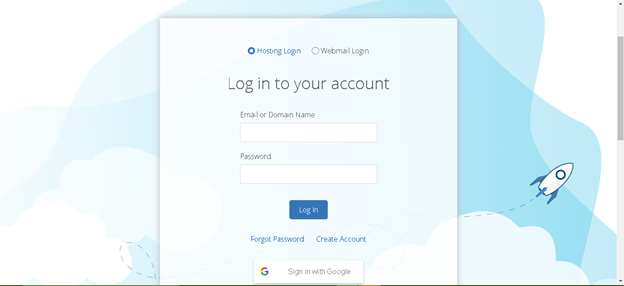

On pressing the Save button, the new nameservers get successfully fixed. However, at times, the nameservers do not respond or the changes implemented take a lot of time to get updated. In that case checking the status of the changed nameservers of your domain is the best option left.
Let’s scroll down further to deal with it.
How to Use Custom Nameservers?
To use custom nameservers with Bluehost, you have to add the custom nameservers. Check the steps given below to have an idea.
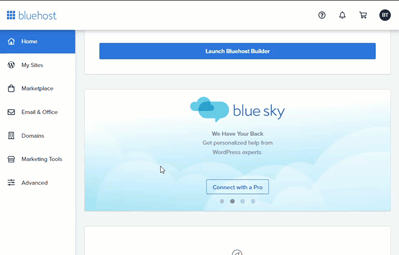
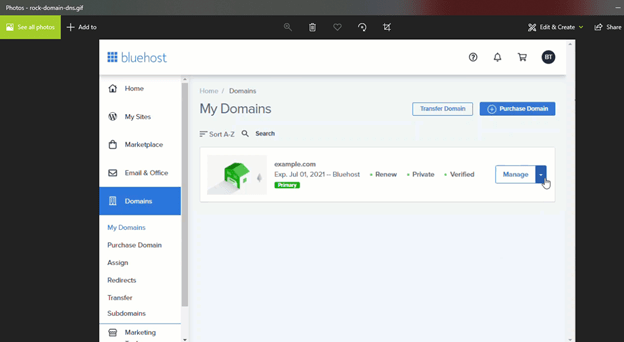
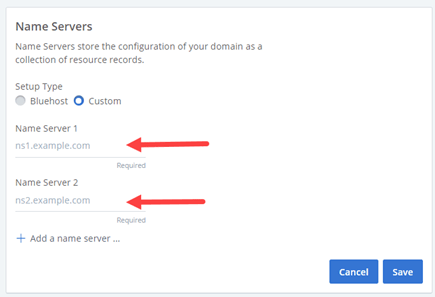
How do I check and verify my updated NameServers?
The best option at users’ stake to verify the updated nameservers of your domain is to use a ThirdParty application for this purpose. The one that happens to be free of any charge and user-friendly is none other than GoogieHost Whois checker tool.
One needs to adopt the following measures to use the GoogieHost whois checker tool to check the updated nameservers:
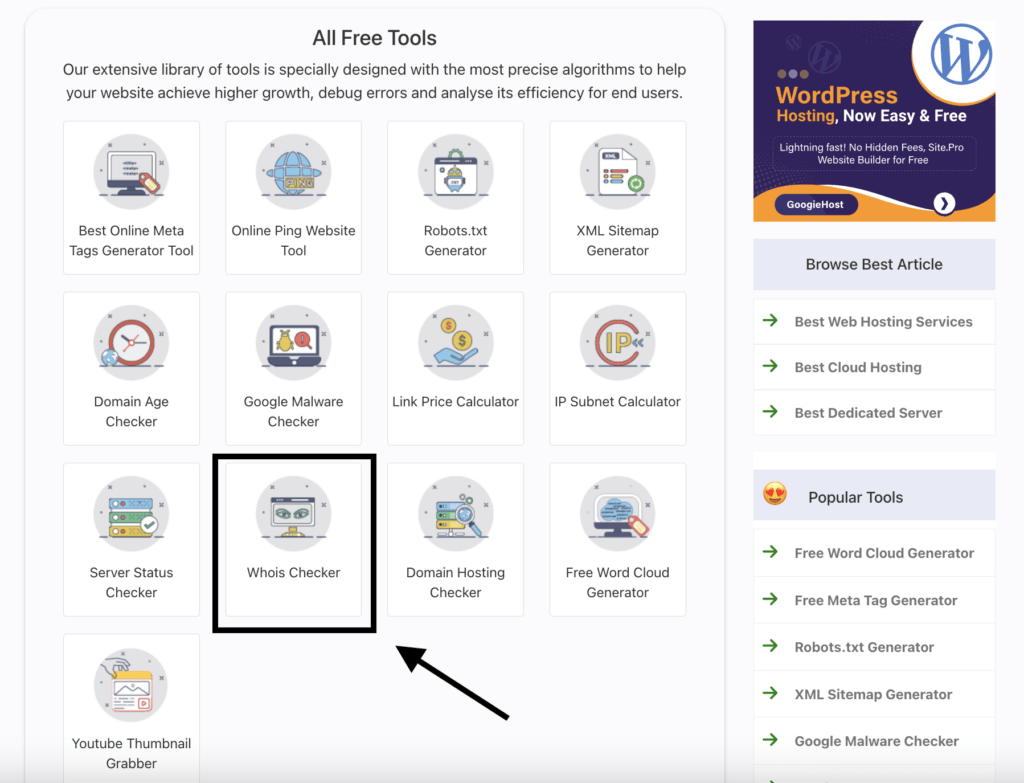
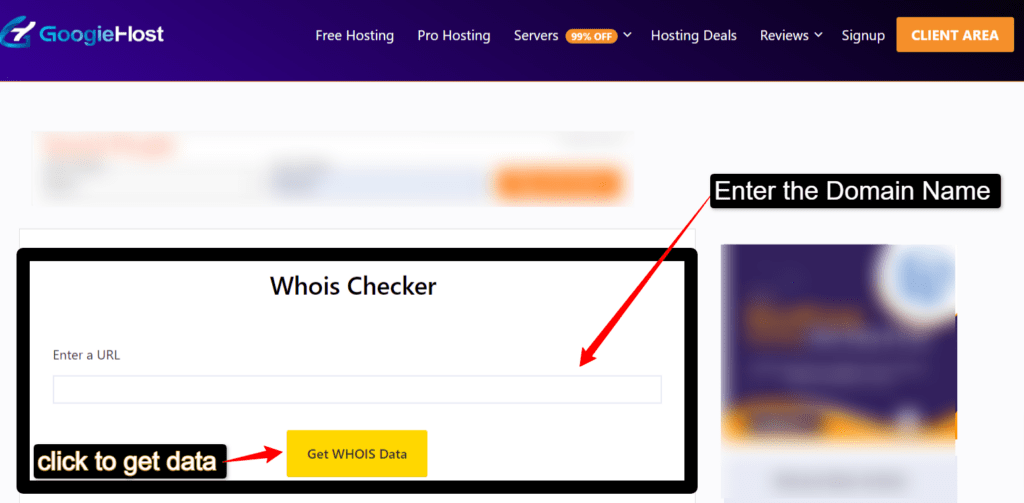
Using GoogieHost’s whois checker tool, you can easily, with no entangled configuration, Check the status of your updated nameservers in your domain. In case you face any trouble, feel free to contact the support team of GoogieHost by mailing [email protected]
How to contact BlueHost Support if my NameServers Are not working?
If you are unable to find the nameserver information through the website or your account dashboard, it is better to reach out to BlueHost’s customer service directly via
They will be able to provide you with the accurate nameservers details specific to your hosting account.
On encountering difficulties in finding the nameservers in your BlueHost account, we would recommend you to reach out to the incredible BlueHost support services for further assistance as per the positive reviews of BlueHost. They will provide you with accurate and specific instructions structured to your hosting account.
Conclusion
The pics and related facts provided in this article will surely be more than enough for you if you plan to purchase any of the hosting services from BlueHost. The information stated is reader-friendly and we hope that you not only enjoyed going through the post but also got to have a substantial idea about the ordering process of Hosting from BlueHost.
Reach us by posting valuable comments on our article in case you want to suggest we make more tech-related navigable posts for you.


